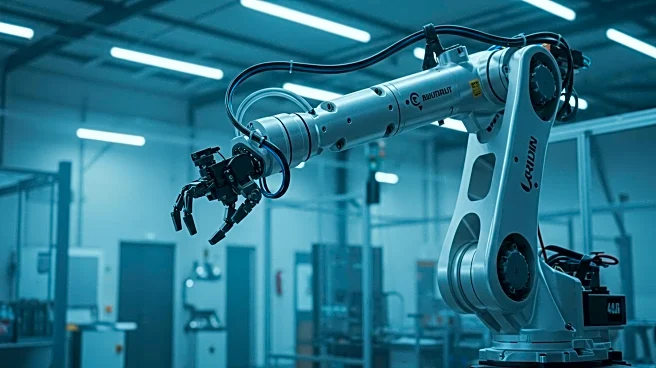What's Happening?
The U.S. manufacturing sector is experiencing a resurgence, driven by investments in industries like semiconductors and automotives. However, this growth is threatened by a significant skills gap, with an estimated four million manufacturing jobs needing to be filled by 2030. The Buffalo Niagara region offers a model for addressing this challenge through collaborative, industry-aligned workforce training programs. These initiatives focus on equipping workers with the skills demanded by employers, involving partnerships with local industries and educational institutions.
Why It's Important?
The manufacturing sector's growth is crucial for the U.S. economy, promising job creation and industrial advancement. However, the skills gap poses a significant barrier, potentially leaving many positions unfilled. Effective training programs, like those in Buffalo, are essential to prepare a skilled workforce, ensuring that the U.S. can capitalize on manufacturing opportunities. This approach not only supports economic growth but also fosters community development by providing accessible pathways to employment.
What's Next?
As domestic manufacturing continues to expand, particularly in high-tech areas like semiconductors, there is a pressing need for increased investment in workforce training. Regions across the U.S. may look to Buffalo's model as a blueprint for developing their own training programs. This could involve greater collaboration between industry leaders, educational institutions, and government bodies to ensure that training initiatives are aligned with market needs and accessible to diverse populations.
















